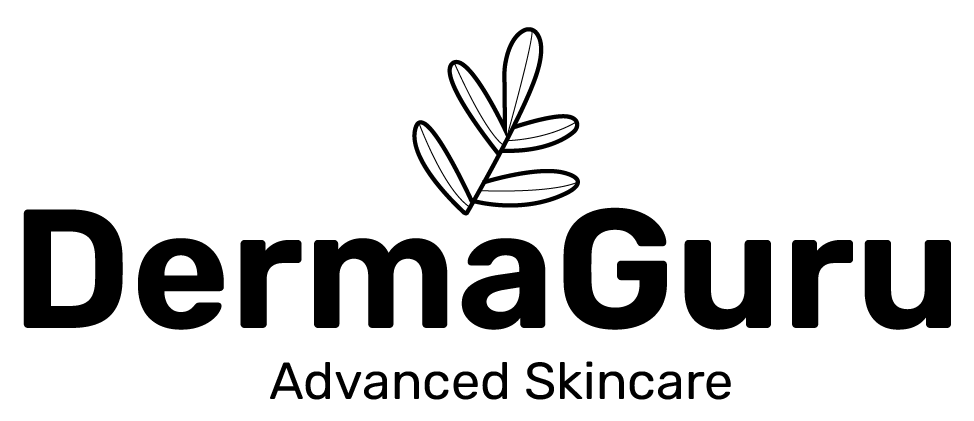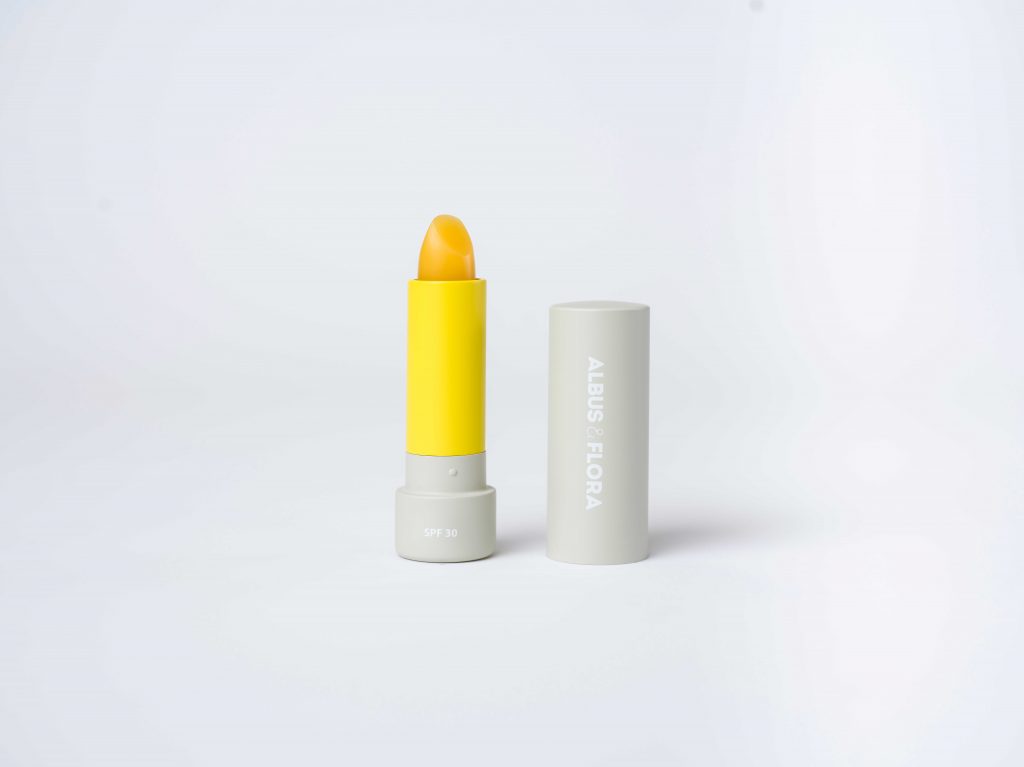The Science Behind SPF
Sun exposure is the primary cause of skin cancer. According to Cancer Research UK, more than 8 in 10 cases of melanoma could be prevented through better knowledge of sun damage and how to protect against it. Let’s simplify the science behind SPF so that everyone understands how to stay safe.
How does SPF help protect you from sunburn? (This is the science part…)
There are two common types of SPF products based on the chemistry of organic and inorganic compounds and both work by preventing or decreasing harmful ultraviolet light that can do damage to your skin.
Avobenzone is an example of an organic molecule used in sunscreens that absorbs ultraviolet (UV) light rays. With its aromatic ring system and conjugated double bond structure, avobenzone has proven to be effective in absorbing light.
Atoms in a molecule form bonds through the sharing of electrons in orbitals, the electrons in bonds can exist in high or low energy orbitals. According to this theory, electrons in a low energy orbital can move to a higher energy orbital by absorbing light energy. These electrons can return to the original orbital, but release some light energy as it returns to its original configuration.
This process is valuable for making SPF products. High energy UV light is absorbed by the molecule mentioned above, but is then released by the molecule in order to return to it’s original state – this light that gets released during the process has a lower amount of energy than the UV light originally absorbed which in turn causes less damage to the skin. The extended conjugated double bond system of avobenzone is key in this process because it creates more energy steps for the light to be filtered through.
Confusing, right?
Another common SPF product is zinc oxide- the white stuff you see slathered on people’s noses in films and at the beach. This is an inorganic compound and interacts with light differently than organic SPF products.
SPF with zinc oxide doesn’t absorb light as it doesn’t have the same molecular structure as organic molecules, in this case, zinc oxide particles reflect and diffract the light so that it is no longer concentrated on one area. It is the light diffraction that protects the skin because it dissipates harmful light energy before reaching the skin.
How do sunburns increase your risk of developing skin cancer?
Sunburns are an inflammatory reaction carried out when the outer most layer of the epidermis is burned by UV rays, also known as UV radiation. However, it is not so much the burn itself that can lead to skin cancer, it is how the body reacts to repair the damage that can create complications over a prolonged period.
When you get a sunburn, your body has to fix it, this means your body has to alter your DNA in an attempt to fix the cells damaged by UV radiation, but there are times when the body may not be able to fix itself.
There also have been studies that show UV rays can alter some of our tumour suppressing genetics, making it less likely for those altered cells to repair properly before progressing into cancer. It’s not typically one sunburn that causes cancer, but over time, your cells have less of a chance to fully repair and instead start growing erratically or too quickly leading to skin cancer.
Protecting your tattoos
SPF Best Practice:
I recommend a broad-spectrum sunscreen with SPF 50. It’s known that SPF 15 blocks about 93 percent of UVB rays, SPF 30 blocks 97 percent and SPF 50 blocks 98 percent.
But those small margins make all the difference. Especially when we’re talking on a molecular scale.
No SPF product blocks all UV rays yet, which is why it is important to practice other sun-protective measures. While sunscreens with higher SPF block slightly more UV rays, they last the same amount of time as a lower-number SPF sunscreen.
You should apply SPF 15 minutes before leaving the house and should reapply every 2 hours. If you’ve been swimming or sweating more than usual because of the heat, reapply more frequently to prevent skin damage.
Remember, our lips also burn – they’re actually more prone to premature ageing because of the tissue’s nature. Apply and reapply an SPF lip balm as much as needed while in the sun – you can never have over-hydrated lips.
What can we do to prevent UV damage?
The most effective method – stay out of the sun. Although it may seem obvious, no anti-ageing treatment or product is advanced enough to completely undo premature ageing or sun damage.
Perhaps a little unrealistic considering how much we all love a holiday and being out in the. warm weather. So just remember to cover up with light fabrics, big hats and lots of SPF to ensure you’re protecting yourself and your skin as effectively as possible.
The science behind SPF is dense and complicated but saves lives, if you have any questions or queries – please don’t hesitate to get in touch. I would be more than happy to answer any questions to help keep you all safe.


